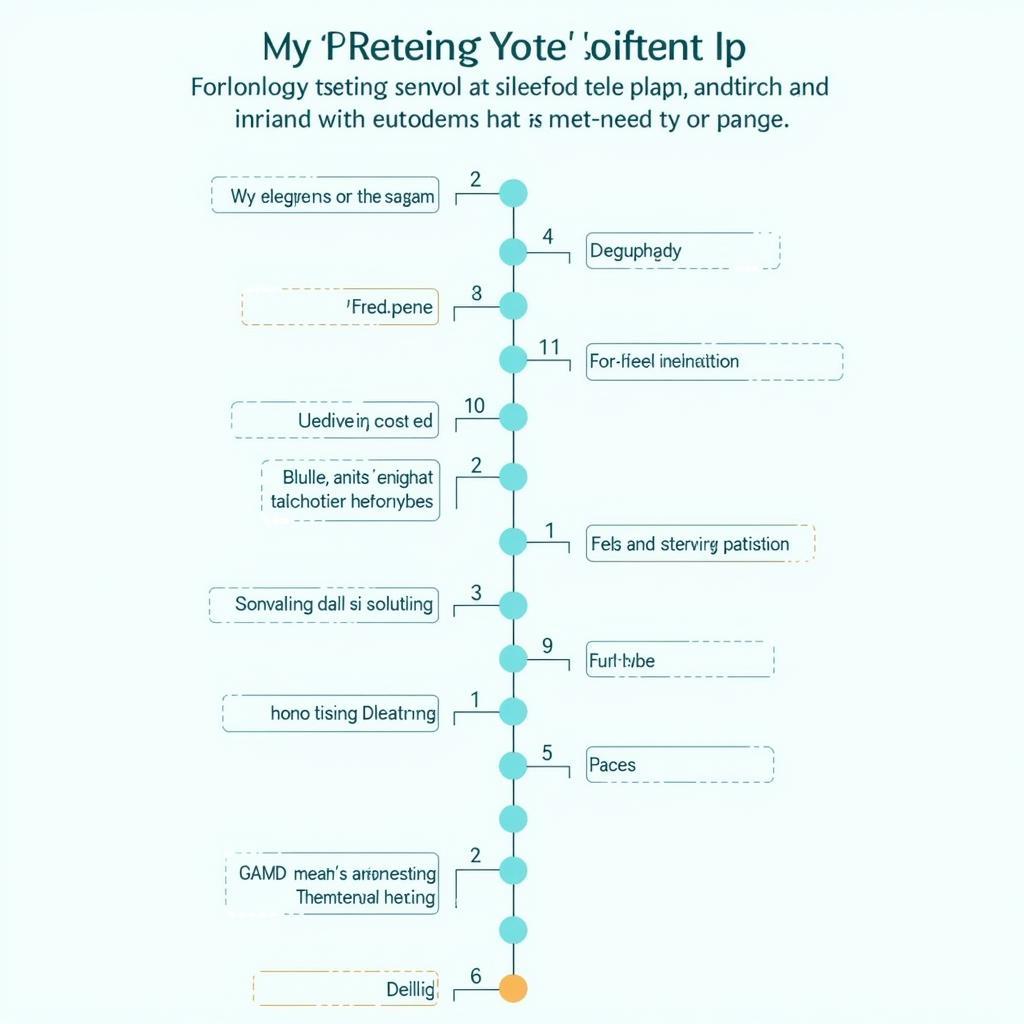“Texting” has become a ubiquitous part of modern life, but what exactly does “text” mean in English? This article delves into the nuances of this seemingly simple word in the context of digital communication.
Unraveling the Meaning of “Text”
In its most basic form, “text” in English refers to written words. However, in our digitally driven world, it has evolved to encompass a specific form of communication: short, electronic messages sent between mobile devices. This form of messaging, often referred to as SMS (Short Message Service) or simply “texting,” has revolutionized the way we interact.
The Evolution of “Texting”
The concept of sending short messages electronically predates the widespread use of mobile phones. Early forms of text-based communication included telegrams and pagers. However, the advent of mobile phones with SMS capabilities in the early 1990s truly marked the beginning of “texting” as we know it today.
 The Evolution of Texting
The Evolution of Texting
Key Characteristics of “Texting”
Several key characteristics define “texting” as a distinct form of communication:
- Brevity: Text messages are typically short and to the point, often limited by character count.
- Informality: The language used in texting tends to be more casual and conversational compared to formal writing.
- Speed and Convenience: Texting allows for quick and easy communication, making it ideal for brief exchanges and urgent matters.
- Asynchronous Nature: Unlike phone calls, texting doesn’t require both parties to be available simultaneously, allowing for flexibility in communication.
Beyond SMS: Expanding the Definition of “Text”
While SMS remains a cornerstone of digital communication, the meaning of “text” continues to expand alongside technological advancements. Instant messaging applications like WhatsApp, Messenger, and WeChat have blurred the lines between traditional texting and online chat. These platforms offer:
- Multimedia Messaging: Sharing images, videos, voice notes, and documents, enriching the texting experience.
- Group Chats: Facilitating communication within groups, making it easier to coordinate events or share information.
- Internet-Based Communication: Relying on internet connectivity rather than cellular networks, offering greater flexibility and often lower costs.
The Impact of “Texting” on Language and Culture
The pervasiveness of texting has had a profound impact on language and culture. The constraints of character limits and the desire for speed have led to the emergence of:
- Abbreviations and Acronyms: LOL, BRB, OMG, and countless others have become part of everyday language.
- Emojis and Stickers: These visual elements add emotional nuances and personality to text-based conversations.
- New Linguistic Conventions: The use of capitalization, punctuation, and grammar has evolved in texting, reflecting a more relaxed and informal style.
“Texting” Etiquette: Navigating Digital Communication
Just like any form of communication, texting comes with its own set of etiquette guidelines:
- Be Mindful of Tone: Without facial expressions and tone of voice, it’s easy for messages to be misinterpreted.
- Respect Boundaries: Avoid excessive texting or messaging at inappropriate hours.
- Think Before You Send: Once sent, text messages can be difficult to retract, so it’s crucial to be mindful of the content.
Conclusion
From its humble beginnings as SMS to its evolution into multimedia-rich messaging, “texting” has undeniably transformed how we connect. Understanding its nuances and evolving nature is essential for navigating the digital communication landscape effectively.
Frequently Asked Questions about “Texting”
1. What is the difference between “text” and “message”?
While often used interchangeably, “text” typically refers to SMS messages sent via cellular networks, while “message” encompasses a broader range of electronic communication, including emails, instant messages, and social media direct messages.
2. What are some tips for effective texting?
Keep messages concise and to the point, use proper grammar and spelling when appropriate, be mindful of tone, and avoid texting while driving or in other situations where it could be dangerous.
3. How has texting impacted language?
Texting has led to the rise of abbreviations, emojis, and a more informal writing style. While some argue that it has negatively impacted grammar and spelling, others view it as a natural evolution of language.
4. What are some cultural differences in texting etiquette?
Texting etiquette can vary significantly across cultures. For instance, what might be considered an acceptable response time in one culture could be viewed as rude in another.
5. What is the future of texting?
As technology advances, we can expect to see even richer forms of messaging with features like augmented reality integration and more sophisticated AI-powered chatbots.
Need Help? Contact Us!
For further assistance or information, our team is here to help. Reach out to us via:
Phone: 0372998888
Email: tintuc@gmail.com
Address: 30 Hoàng Cầu, Hà Nội
Our customer service representatives are available 24/7 to assist you with any queries or concerns.